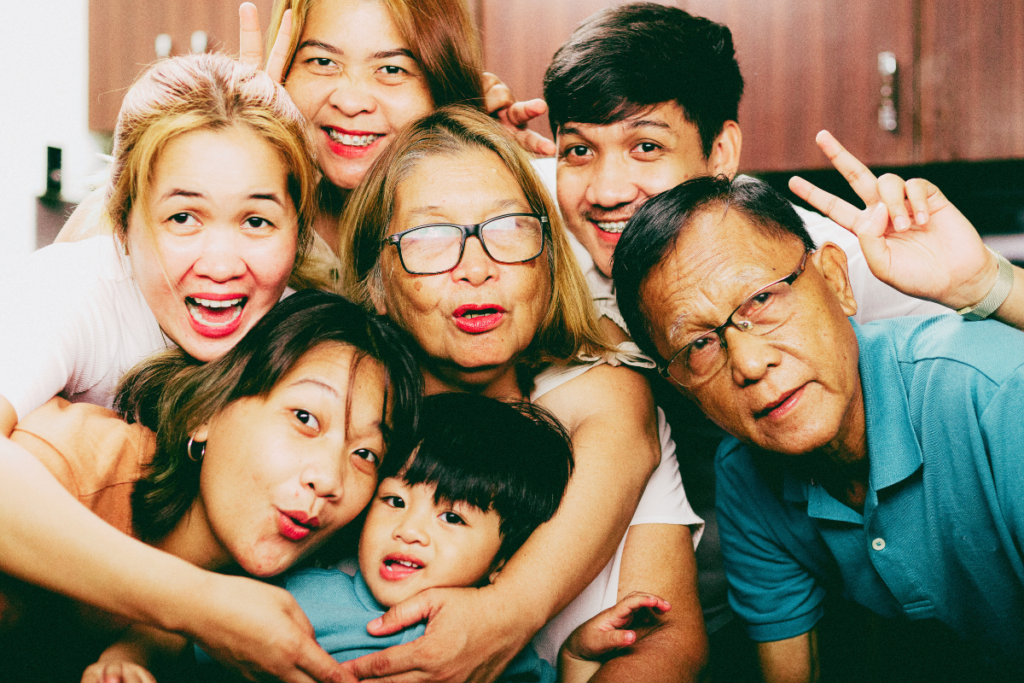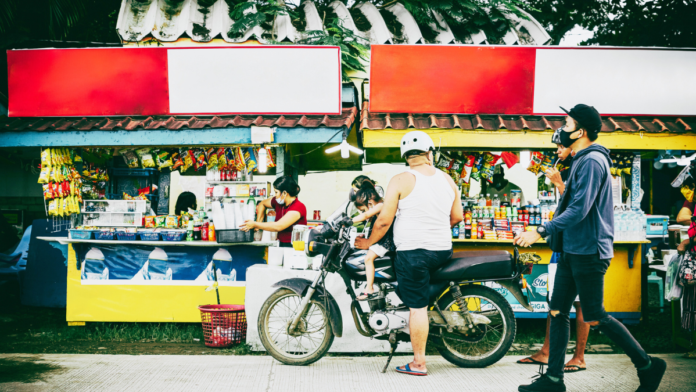The Philippines is one of the happiest countries in Asia. When you visit the Philippines, one of the few things that you will notice are Filipinos who are always smiling and laughing despite the hardships that they are facing everyday.
In this article, HTC News will show you the things you need to know about Filipino Culture. At the end of the day, you’ll know why you should put the Philippines in your next travel destination in Asia. Are you ready?

Who are the Filipinos?
The Philippines is one of the countries in Asia that went through hardships especially during the year where war is present. There are several countries that tried to take over the Filipinos and almost succeeded. Well, There are few who succeeded.
One of the first conquerors to set foot on the Island of the Philippines is Miguel López de Legazpi under the conquest of Philip II. Miguel Lopez arrived in Cebu, Philippines in February, year 1565.
Lopez together with 500 men resisted the Cebuano opposition and successfully conquered the island. In 1568 and 1571, Miguel Lopez also successfully defended his settlement in the Philippines against the Portuguese and a few disorganized Filipino who still resisted at that time.
Few years later the Spanish-American war started and we know that few courageous Filipino heroes or “bayani” in the local language fought with all their to achieve independence on July 4, year 1946. José Protacio Rizal Mercado y Alonso Realonda or most commonly known as Dr. Jose Rizal and Andrés Bonifacio y de Castro, the father of Philippine revolution, are among the celebrated heroes of the Philippines.
Filipino Traits
What makes Filipinos standout among its Asian neighbors is the unique traits that they displayed as a person. Here are some of the best Filipino traits you must know.
Hospitality
It is in the nature of the Filipinos to be hospitable to their guests, especially if you are a foreigner. When a Filipino has guests in their home, they will bring out the best cutlery and dishes there is.
One of the best things is that when they offer you a carbonated drink (Coca-Cola, Pepsi, or Sarsi) after a meal, take note because it means you are a special guest.
Strong Family Ties
Filipino Families are a solid foundation that cannot be shaken easily. In Western culture, when a son/daughter reaches a certain age, it is almost mandatory that they need to move out and live on their own.
Filipinos on the other hand seldom do this. You’ll see that a typical Filipino family lives together for as long as they like. There are parents with kids that still live under the roof of their lolo’s (grandfather) and lola’s (grandmother).
Religious
Filipinos in general are very religious. Majority of the Filipinos are Catholic but there are also a large number of Chritians and Muslims in the country. If you visit the philippines, you will see beautiful churches that go way back to the pre-colonial age. One example of this is the San Agustin church in Manila that was completed in the year 1607.
Etiquettes of the Filipinos
Clothes
When it comes to clothes, Filipinos often dress modestly. The biggest contributing factor of this is religion. However, as time goes by you’ll see today that the western and Korean fashion is being adapted by Filipinos.
Mano or Pagma-mano
In several countries in Asia, Bowing is one of their etiquette when one is showing respect. In the Filipino Culture, Mano is a sign of respect for greeting elders and also a sign of asking for their blessing.

Using Po and Opo
Po and Opo are Filipino words that are incorporated before or after a word or sentence. This is also a sign of respect for someone who is older than you. For example Kamusta “po” kayo? (How are you?)
Final Words
Filipinos are very easy to get along to especially if you are foreign. You’ll be surprised that almost everyone will greet or try to communicate with you particularly in the streets. So if you are asking yourself what country should I visit next? You might want to try the Philippines and experience the Filipino Culture first hand.
read more: The Basic SEO Fundamentals Explained




















